Table of Contents
How to get rid of shaving rash on legs
Shaving rashes, razor burn and red bumps have long been thought to be part and parcel of a weekly grooming routine. In an effort to reduce shaving rashes on legs, companies have released lotions, moisturisers and post shaving treatments that are designed to cool and calm skin after exposure to a razor blade.
But what causes razor burn on legs? Do we have to just put up with itchy legs after shaving?
Or… Is there a way to prevent razor burn on legs?
We’ll go through the causes of razor bumps on legs after shaving, how to avoid shaving burn on your legs and if you do happen to visit this article after you’ve already been a victim of razor rash on your legs, then we’ll recommend a few simple (and cost-effective) shaving burn treatments that will reduce razor bumps and itchiness on legs after shaving!

Causes of razor burn on legs
When you shave your legs, you’re applying a sharp abrasive object directly to your skin, which creates friction and discomfort, leading to issues such as razor burn, skin rashes, red bumps and itchiness.
The main causes of shaving rashes on legs are:
1. Shaving with an inadequate lubricant
Many people use shower gel or soap as a shaving lubricant, when in actuality, the function of soap/shower gel is completely the opposite of shaving soaps.
Shower gels and soaps are designed to sud and pick up grime and dirt on your skin, but these suds actually blunten your razor and create clogs, leading to a bad shaving experience. If you don’t have a shaving lubricant at home, we’ve written a handy guide that explains what you can use instead of shaving gel.
2. Shaving with a clogged razor
Using a clogged razor makes shaving more difficult, which in turn means that you will need to repeatedly shave the same area.
Why is this important?
If you have to shave the same area over and over again, then you’re creating more discomfort for your skin which will compound and eventually create rashes.
3. Using a poor quality razor or shaving cream
Using a low quality razor and shaving cream is a sure-fire way to end up with spots on legs after shaving. Poor quality razors take longer to shave the same spot and poor quality shaving creams are usually made with cheaper chemical alternatives to natural products. When you buy a women’s safety razor or a disposable razor, go for at least a mid-range product in order to prevent razor bumps on legs!
4. Using an old razor or razor blade
In time a razor or safety razor blades will blunten, making them less effective and more abrasive. This naturally magnifies the damage caused to your skin and can result in some nasty shaving bumps on legs.
The solution here is pretty simple. Make sure that you change your razor or blades regularly. How often you should change them depends on the quality of the blade and how much you shave, but a good rule of thumb is as soon as you start feeling the razor pulling, change the blade.
5. Bad shaving technique
Gone are the days when our mums and dads would sit us down and teach us the basics of shaving. Nowadays, most of us learn on the job and this leads to poor technique.
Here at Jungle Culture we liken shaving to a ritual, and if you miss steps in that ritual then it can have a huge impact on the results of your shave. Luckily for you, we’ve written a definitive guide on how to use a reusable razor that runs through how to stop razor bumps and how to prevent a shaving rash on legs.
Summary of causes of razor burn on legs
The main thing to remember is that razor burn is primarily caused by using a blunt razor blade or using a sharp one in a bad way. Razor blades can become blunt in numerous ways, so the important thing is to maintain your razor well and practice good shaving techniques!

How to prevent razor bumps on legs
Now that we’ve talked about the causes of razor bumps on legs, we’ll run you through some preventative measures that you can take to avoid getting shaving rashes on your legs.
Step 1: How to prepare before shaving your legs
In shaving, preparation is key. Using a pre-shave treatment helps prepare your skin for contact with a razor blade and stimulates your hairs, making them stand up and resulting in a cleaner, smoother shave.
Step 2: Heat your legs prior to shaving
You won’t need to know how to get rid of shaving rash on legs if you properly heat them and treat them prior to shaving! Heating your skin before a shave is vitally important as demonstrated by any barber in the world!
Most barbers would use the hot towel method to heat skin pre-shave, but they’re typically only shaving a man’s face. When shaving a larger surface area such as your legs, we recommend using your bath or shower to heat the skin on your legs, although a hot towel is still perfectly fine!
Step 3: Apply a high-quality shaving soap (natural if possible)
When you buy shaving soap or shaving cream, the most important thing to look out for is the ingredients and the brand ethos.
A quality shaving lubricant will be primarily formulated using natural ingredients that are soothing and calming to skin, with minimal chemicals (if any). Shaving products that contain lots of nasty chemicals can irritate some skin types, although many people will find chemical based shaving products suitable.
Brand ethos is important because with most cosmetic products, it is nearly impossible to work out if they were made with care, tested properly and have a big environmental impact. Thus, buying products from a brand that you trust to do the right thing may mean the difference between a poorly crafted shaving soap and a well crafted soap.
Step 4: Shave (with good technique)
We aren’t going to delve too far into shaving technique today, but here’s a quick Youtube video explaining how to shave your legs. Notice that she recommends a very expensive safety razor, whereas we’d recommend to buy a safety razor at the mid-range price point and spend more on quality blades and shaving lubricants. The razor is effectively just a shell and is more about style than substance.
Step 5: Moisturise and tone your skin after shaving and repeatedly for several days
After shaving, your skin might feel particularly tender. To get rid of shaving bumps on your legs, you'll need to moisturise and tone your skin within 5-10 minutes of shaving. Using a gentle post-shaving treatment will help stop shaving burn on your legs and it just feels good!
If you don’t want a rash from shaving your legs, you can repeat this process every night for several nights until you feel confident that a rash is not going to appear. You can apply moisturiser and toner using reusable makeup pads that are completely washable and will save you money in the long-run too!
Note: Not everybody gets shaving burn on their legs and won’t need to know how to get rid of razor burn on legs! All skin types are different and we’ve met lots of women who never experience anything like what we’ve described above. Likewise, many women suffer from all kinds of shaving related problems and this article is mainly for you!
Here is a video guide: Watch me
You may also like:

How to get rid of razor bumps on legs
You might be arriving at this article, a day after a painful shaving experience that has left your legs red raw and all of the advice above is great, but not pertinent to your situation!
Don’t worry, we’re on it…
Just a quick FYI - Jungle Culture is not a blog, we’re a producer of sustainable products and thus, none of the links below are affiliated with us and we do not earn a commission from our recommendations, we just recommend the shaving rash treatments for legs that have turned out to be the best through our research and trials! If you want to know how to get rid of shaving rash on your legs, here it is!

Razor burn remedies:
Aloe vera
Probably the best way to get rid of razor burn on your legs is with aloe vera or a moisturiser that contains aloe vera. Luckily, aloe vera products are not only common, but usually relatively affordable too.
You can pick up a run-of-the-mill aloe vera gel here. (with over 12,000 positive reviews)
Or you can find a fancier aloe vera serum here.
Shea butter
Since getting rid of razor burn on your legs is primarily about keeping them hydrated and moisturised, shea butter is a simple and effective solution since it’s well-known for its moisturising properties.
At the low price point, you can find a tub of organic and unrefined shea butter for just £6.99 (delivered) on Amazon here.
Or… If you’re anticipating more razor burns, or maybe just use shea butter for other purposes, you can buy a kilo of unrefined organic shea butter here for £13.99.
Chamomile lotion
I can hear you thinking… Above are two great recommendations, so why would we stoop to option number 3?
Well, the difference between shea butter, aloe vera and chamomile is that chamomile is also a great remedy for itchiness after shaving your legs. The natural properties of chamomile make it very effective for relieving irritation on skin and when combined with another moisturising ingredient it can create the perfect remedy for razor burn on your legs.
Here is a moisturiser that combines chamomile and shea butter. Click me
Aside from razor burn, you can also use chamomile lotion to treat any skin problems that result in itchy or dry skin, such as exposure to poison ivy or stinging nettles.
Jojoba seed oil
Jojoba seed oil has a wide array of benefits for your skin that range from moisturising to getting rid of wrinkles.
It’s just as effective as the solutions above in relieving razor burn, but the great thing about jojoba seed oil is that it also works well on sunburns. Handy if you’re a regular victim of the sun!
We recommend this oil from Neal’s yard: Click here
Oatmeal bath
An effective anti-inflammatory treatment for any skin condition, (including razor burn) is taking an oatmeal bath. The reason we included this option is because it’s very possible that you already have everything you need in your house.
Fill a sock (preferably one that you no longer want) with oats and tie a knot at the end of the sock.
Leave the sock to hang for a while and when you’re in the bath or the shower, simply scrub the affected areas with the oatmeal filled sock to reduce inflammation.
Repeat the process everyday for 2-3 days to cool your skin and soothe the razor burn.
And there we have it!
Those are 5 easy and cheap treatments for razor burn on your legs. Each has different merits and it’s important to note that what works for one person, may not necessarily work well for others. Everybody has their own skin type and finding the solution that works for you may take a little bit of trial and error.
You may have noticed that throughout this article we have mentioned razor burns, shaving rashes, razor bumps and so on. So, before we move on to shaving techniques and how learning good techniques can help prevent razor bumps on legs, we’re going to quickly explain the difference between shaving related issues!

What is the difference between razor burn and razor bumps?
When searching online for remedies to treat your razor burn, you may come across different terminology. Here is a breakdown of the differences between terms:
Razor burn, shaving burn = They are the same. This condition is caused by shaving and can result in some or all of the following symptoms: Red bumps, itchiness, inflammation, tenderness
Razor bumps, shaving bumps, shaving spots = These two terms also mean the same thing and the symptoms are almost identical to razor burn or shaving burn. The difference is that razor bumps are primarily caused by ingrown hairs and not by shaving.
Ingrown hairs happen when a hair curls back into your skin instead of growing outwards. It’s most common amongst people with curly hair, but anyone can suffer from ingrown hairs and sadly there isn’t much that can be done to prevent them.
Shaving rash, razor rash= These terms are generalisations and don’t technically refer to any specific problem, although they are generally used interchangeably to refer to all issues caused by shaving or ingrown hairs.

How long does razor burn last on legs
Normally, most of the symptoms of razor burn will disappear within 2-3 days, but some people may experience redness and red bumps for up to 5-7 days.
The symptoms of razor burn can be alleviated more quickly using one of the treatments that we mentioned above and this should help to speed up the recovery process.

How to stop shaving rashes with good shaving techniques
Good shaving techniques can dramatically reduce the chances of razor rashes and the best thing about shaving with good technique is that your skin will feel smoother and look better than it would otherwise!
Here is a list of top tips to help you shave properly, effectively and to help you reduce shaving rashes on your legs and other body parts!
1. Use shaving soap (not soap or shower gel)
Always use a shaving lubricant that is purpose built for shaving. A natural shaving soap is designed to moisturise and lubricate skin, whereas soap or shower gel is designed to create suds that pick up dirt and as a side-effect, blunten your razor.
2. Use a sharp razor blade
Whether you shave with a disposable razor or a safety razor it’s important to use a sharp blade. The problem is, every company, big or small, likes to market their blades as the sharpest… So how can you tell which razor blade really is the best?
The only way is with trial and error unfortunately, but at Jungle Culture we use Shark razor blades which are (in our opinion) a great option!
3. Use plenty of hot water or a hot towel
It’s no coincidence that traditional barbers always use a hot towel to shave their client’s faces. Heat opens up your pores, softens the skin and smoothes out hair, making it a lot easier to shave comfortably without cutting yourself or damaging your skin.
4. Use pre-shave and post shave products
Pre-shave products are designed to invigorate your skin and lift your hairs up, ready for shaving! Post shave products are designed to moisturise and soothe your skin after shaving. We’ve already recommended a few good products in this article, but there’s a ton out there… Do your own research and find something that appeals to you. Using pre and post shave products won’t just reduce the likelihood of a shaving rash, it will also make shaving feel like a spa experience!
5. Shave with the grain in straight lines, be careful of bone
Before applying shaving lubricant, take notice of what way your hair grows. You might be surprised to find that in the same region of your body hairs grow in completely different directions!
Once you are familiar with your hair growth patterns, apply shaving soap and shave in straight lines with the grain.
Areas such as your shin, kneecap and ankles are the easiest to cut, so shave in shorter, more calculated strokes in these regions to avoid nicking your skin with the razor.
6. Again… post shave products
If you don’t have a post shave moisturiser then an aftershave or homemade remedy is the best way to go. Shaving opens your pores and it’s important to close them again before bacteria seeps in.
Good quality post shave products are very affordable and should be treated as an essential part of a good grooming routine.
7. Rinse frequently
Don’t forget to rinse your razor out using hot water throughout your shave. Prior to shaving, soak your razor in hot water as well.
8. Change your blade regularly
If you feel your razor starting to pull, it’s time to change your blade. Every person is different, but most blades should only be used 10 times at most.

Key Takeaways
Getting rid of razor burn is not easy and the best way to stop razor burn on your legs completely is to prevent it happening in the first place.
This can be done with good shaving preparation and with good shaving technique.
For some people with especially sensitive skin, even good preparation can’t prevent the occasional bout of shaving related rashes and for these people, there are a few handy and cheap treatment options that you can find at most supermarkets and maybe even in your cupboards!
Finally, if you do have razor burn, be sure to use an anti-inflammatory and a soothing moisturiser and rest in the knowledge that in under a week your skin will be back to normal with no lasting consequences!

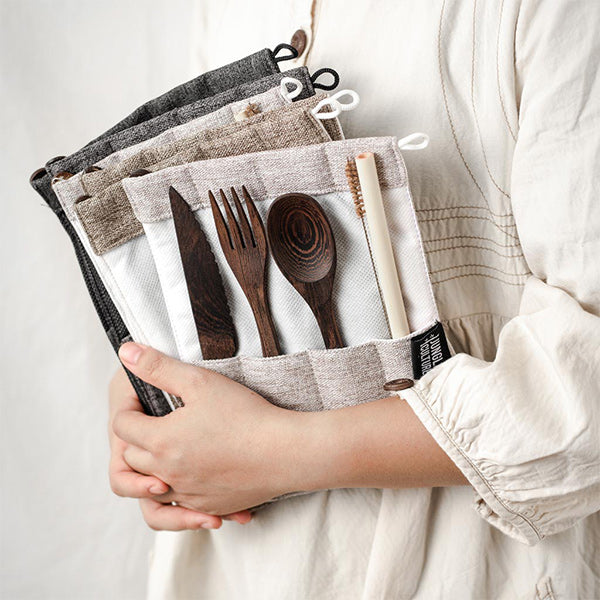
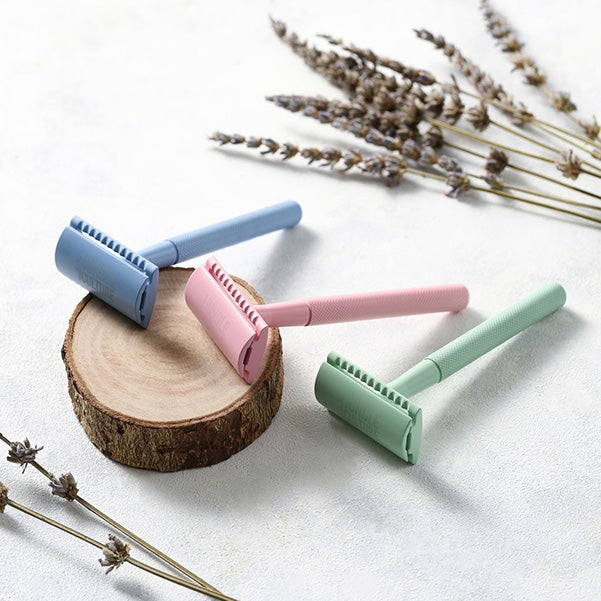

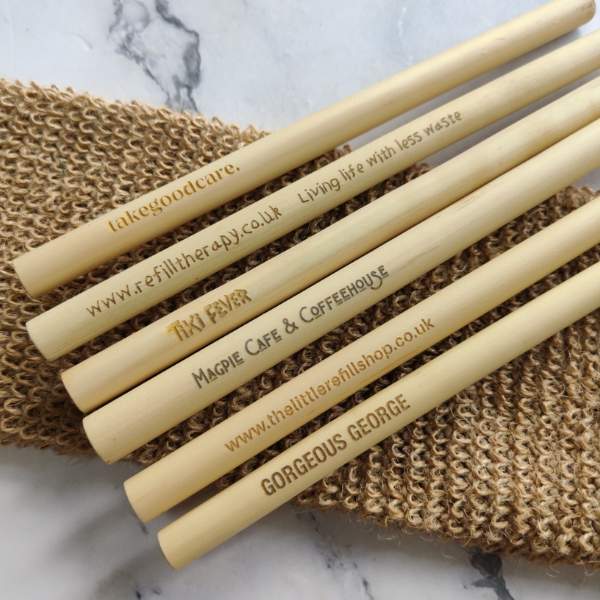



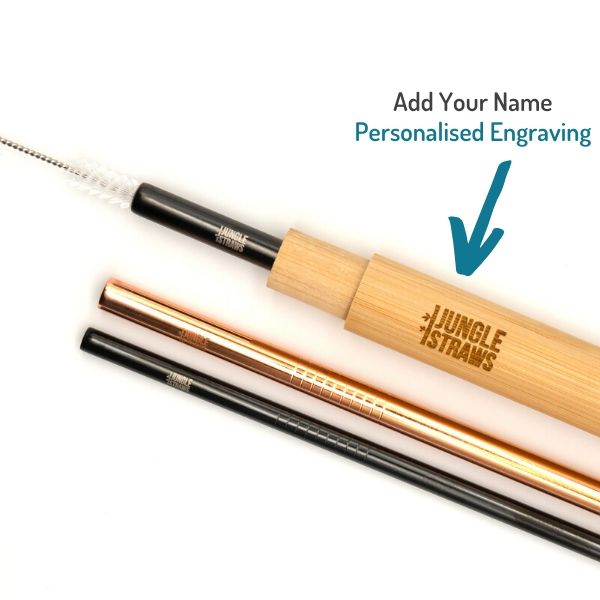
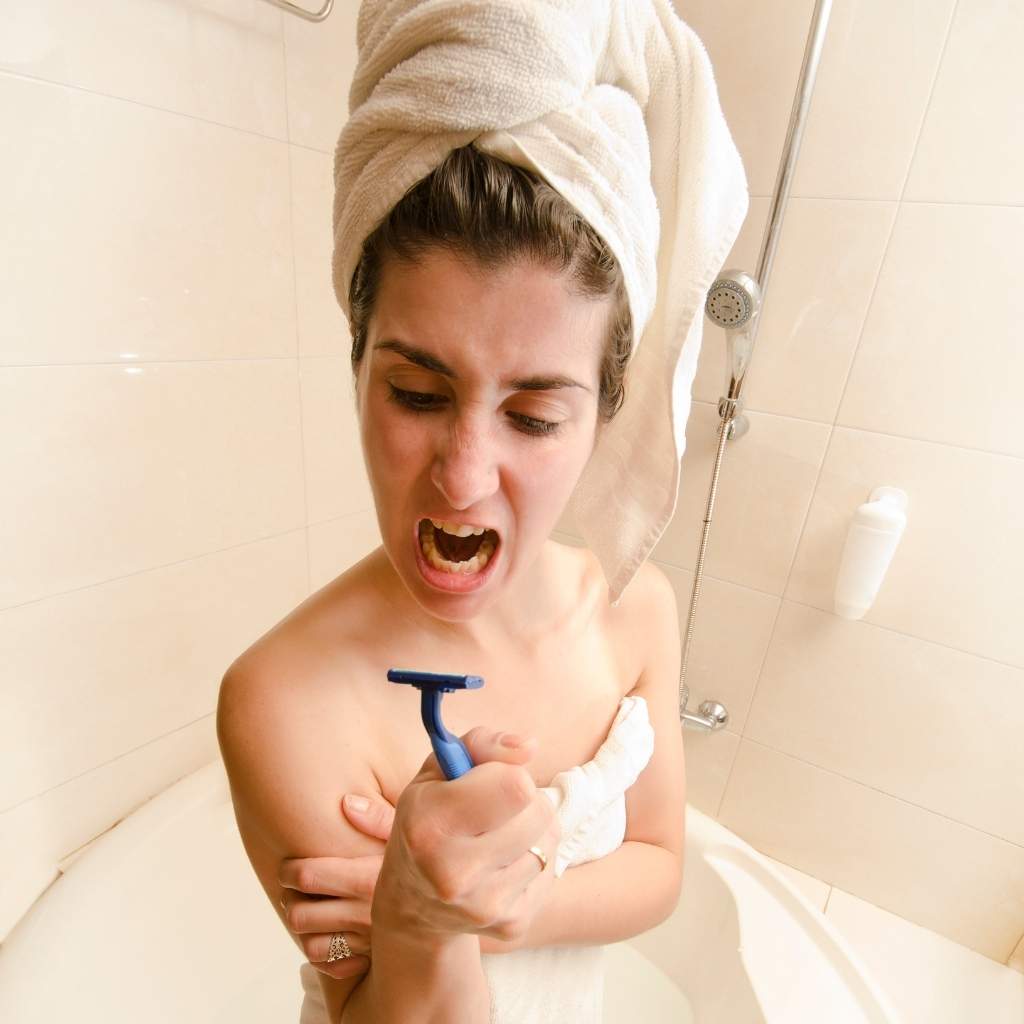
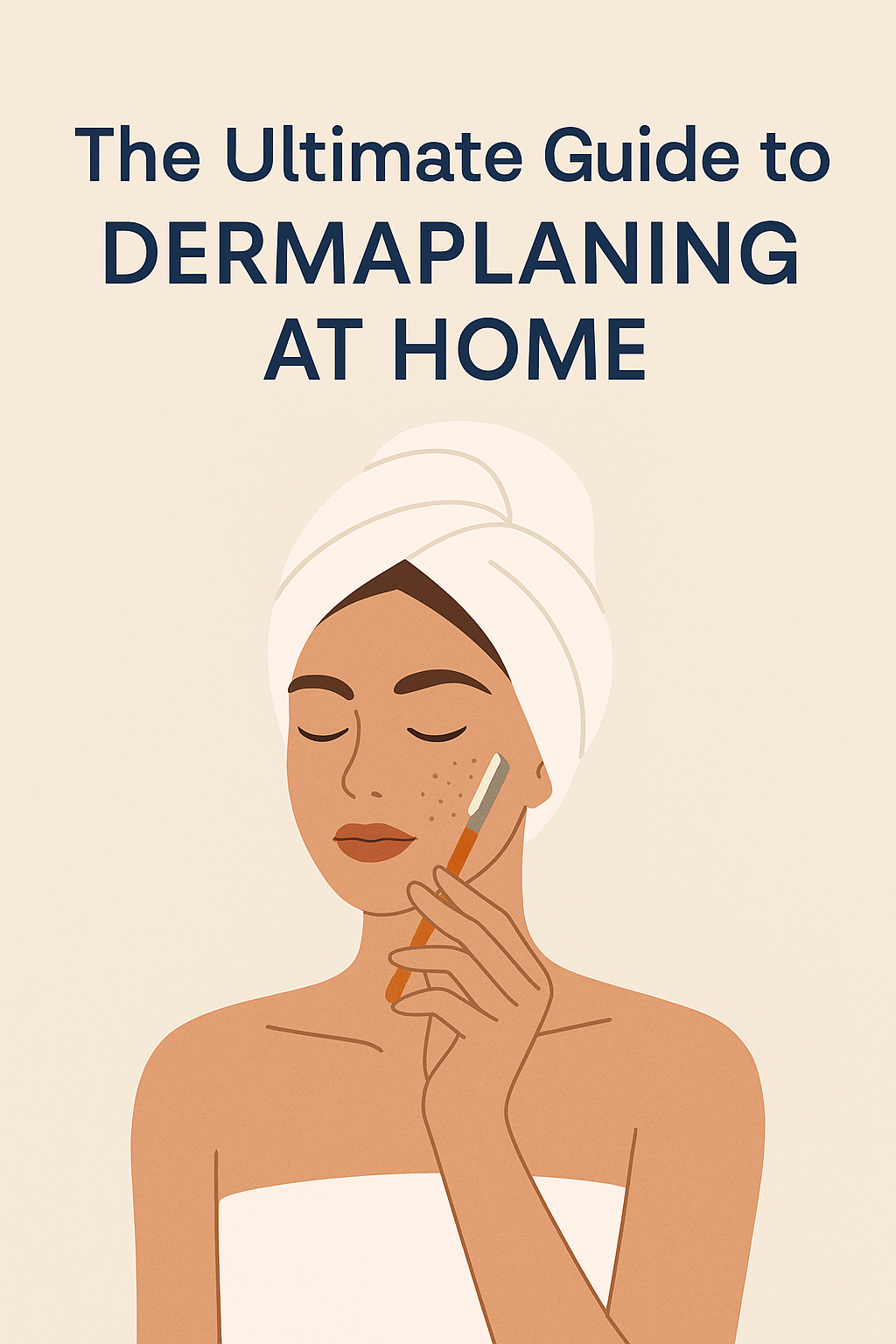

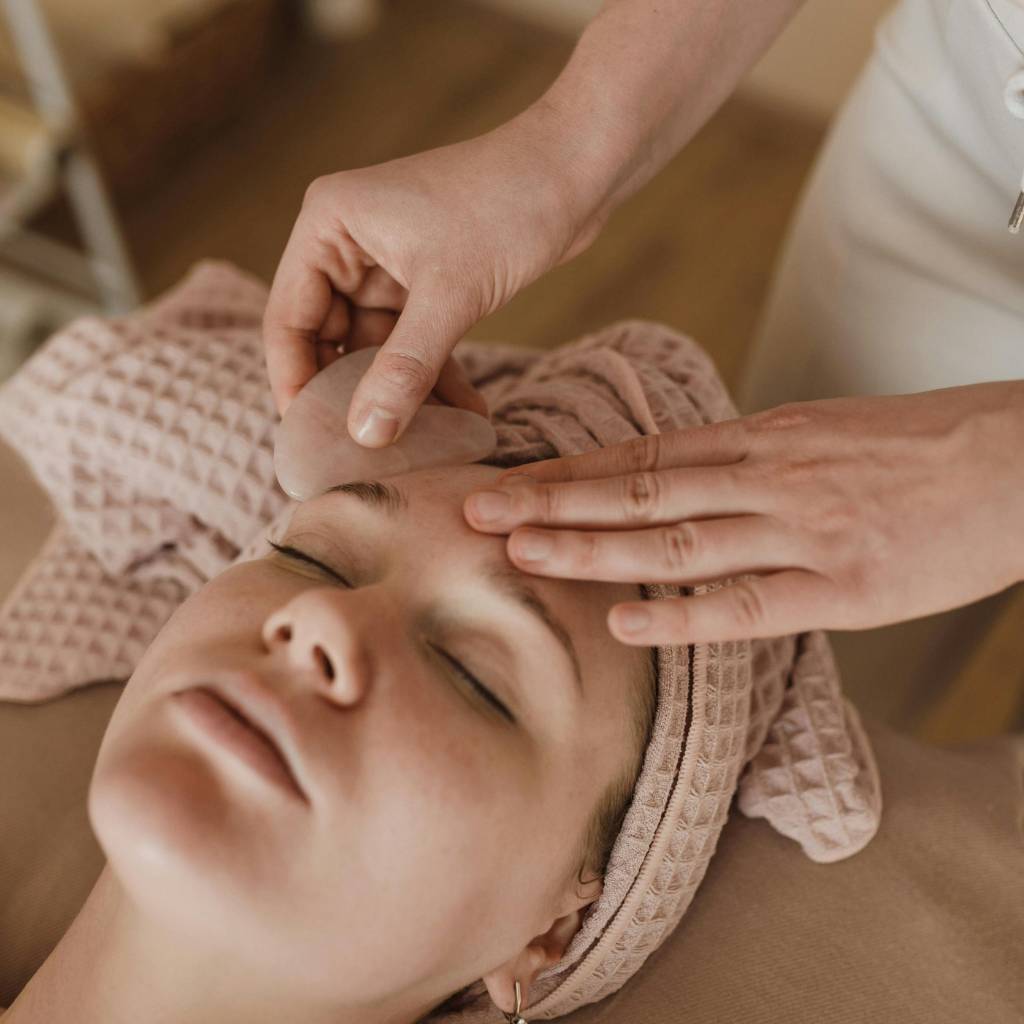
Leave a comment (all fields required)